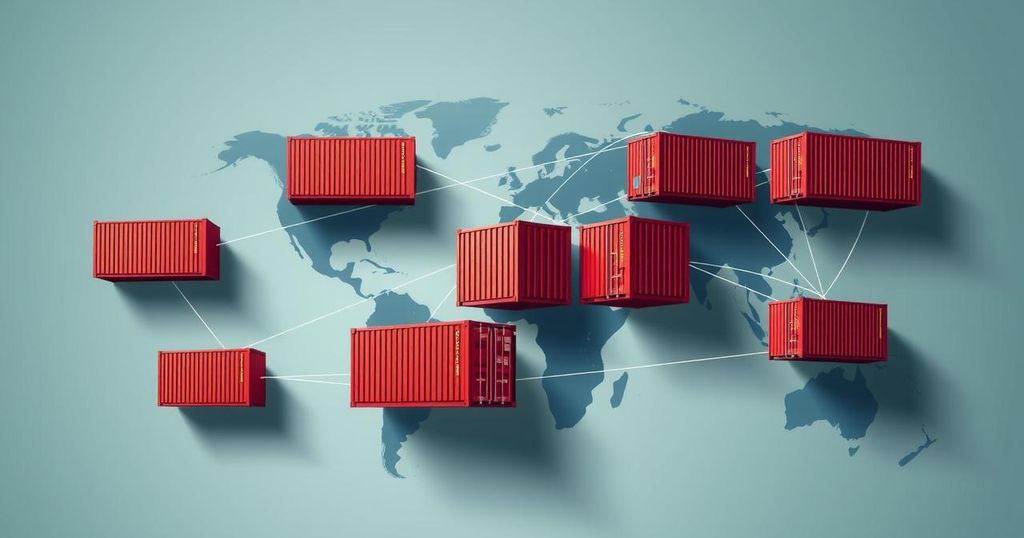In a major address, President Trump announced reciprocal tariffs on countries with high tariffs, specifically targeting India and highlighting its 100 percent tariff on U.S. automobiles. Set to take effect on April 2, the tariffs aim to create a fair trading environment, although experts warn of potential disruptions to U.S.-India trade relations. The implications of these tariffs could significantly affect India’s trade surplus with the U.S. and overall economic growth.
In a significant address to Congress, President Donald Trump highlighted the high tariffs imposed by India and emphasized his administration’s pledge to implement reciprocal tariffs on foreign imports. Trump criticized both India and other nations, such as China and the European Union, for engaging in unfair trade practices that he claims have disadvantaged American businesses, particularly in the automobile sector. His statement on tariffs underscores the current escalating trade tensions between the United States and its global partners.
Trump stressed the need for swift action regarding what he termed as imbalanced trade practices. He declared, “Other countries have used tariffs against us for decades, and now it’s our turn to start using them against those other countries,” reiterating his “America First” agenda. Specifically mentioning India’s 100 percent tariff on American automobiles, he stated, “The system is not fair to the US, it never was.”
During his speech, Trump announced that reciprocal tariffs would come into force on April 2, 2025, aimed at creating a more equitable trading environment for American exporters. He explained, “Whatever they tariff us, we will tariff them. Whatever they tax us, we will tax them.” This policy intends to reciprocate the tariffs imposed by countries with higher duties on U.S. goods, fostering a balanced trade landscape.
Experts anticipate that these new tariffs could greatly impact India, which historically enforces higher tariffs on numerous U.S. imports. Trump emphasized disparities such as India’s 100 percent tariff on automobiles, while research indicates that sectors like agriculture and textiles may also be affected. Goldman Sachs mentioned that reciprocal tariffs could complicate trade dynamics by raising tariff differentials significantly at both country and product levels.
The implications of these reciprocal tariffs extend to India’s trade surplus with the U.S., which has reached $35 billion, accounting for nearly 1 percent of India’s GDP. The country’s strong exports in areas such as electronics, pharmaceuticals, and textiles might become more vulnerable under potential new levies. Consequently, Goldman Sachs projected that increased tariffs could marginally reduce India’s GDP growth, contingent on the scale of tariff implementation and U.S. demand responses to Indian goods.
President Trump’s address emphasized the necessity for reciprocal tariffs to rectify perceived unfair trade practices by countries like India. The upcoming tariffs aim to adjust trade disparities that have historically affected American exporters, particularly in critical sectors. With impending policy changes, the potential impact on U.S.-India trade relations remains significant, warranting close monitoring by both nations.
Original Source: indianexpress.com




